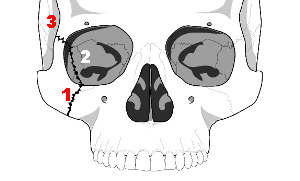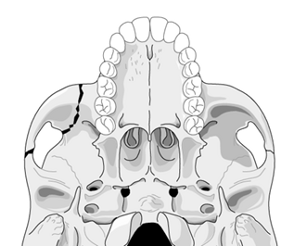Clearance of the cervical spine is a complicated topic, with many opinions and anecdotes. EAST developed a set of practice guidelines in 1998 and updated them in 2000 and again in 2008. They are well-accepted and very helpful.
Spine clearance in an obtunded or intoxicated patient is made even more challenging. Here’s an approach based on the EAST guidelines that I find helpful:
- Clear the bones. Obtain a CT of the cervical spine from skull base to T2. Sagittal and coronal 2D reconstructions must be created for review. Conventional images (AP, lateral, odontoid) are of no additional value.
- If a fracture is identified, consult your spine service.
- If a neurologic deficit is present, obtain an MRI and consult your neurosurgery or spine service.
- Clear the ligaments. In the obtunded patient, there are 3 choices: 1) keep the collar on until the patient wakes up enough to be examined, 2) obtain an MRI to evaluate the ligaments, or 3) remove the collar on the basis of CT alone.
In patients that you don’t expect to wake up any time soon, I prefer MRI. Some say that it should be obtained within 72 hours of injury for best accuracy in detecting ligamentous injury. Unfortunately, I have not been able to find any specific literature support for this. If the MRI is negative, the collar can be removed immediately.
There is a growing body of research that suggests that CT alone is sufficient for clearance. My opinion is that this is probably true, but only if the scan is read by a radiologist who is especially skilled in reading CT scans of the cervical spine. A pool radiologist may miss subtle findings that might indicate a ligamentous injury.
Reference: Eastern Association for the Surgery of Trauma practice guideline: Identifying Cervical Spine Injuries Following Trauma – 2009 Update. Click here to download.




